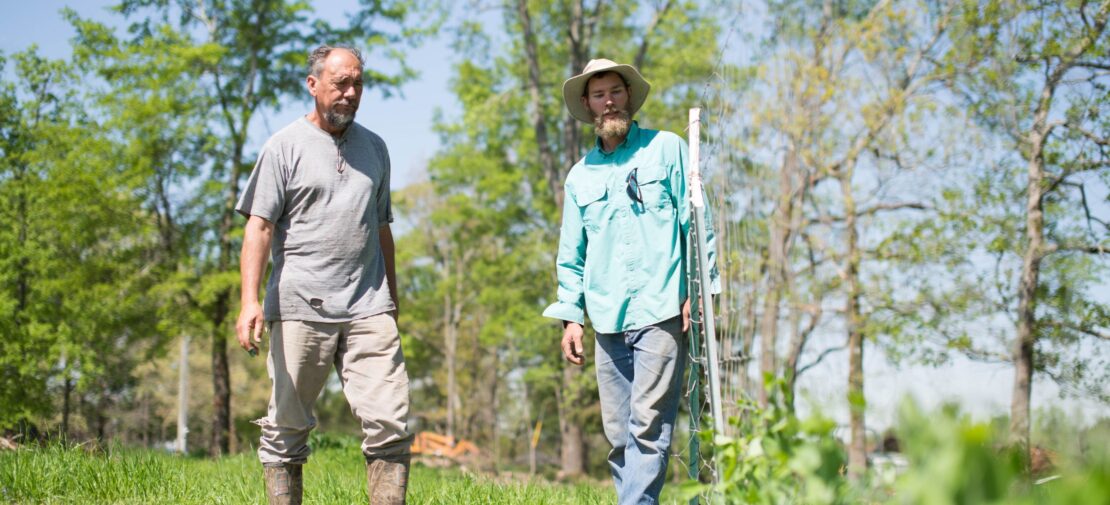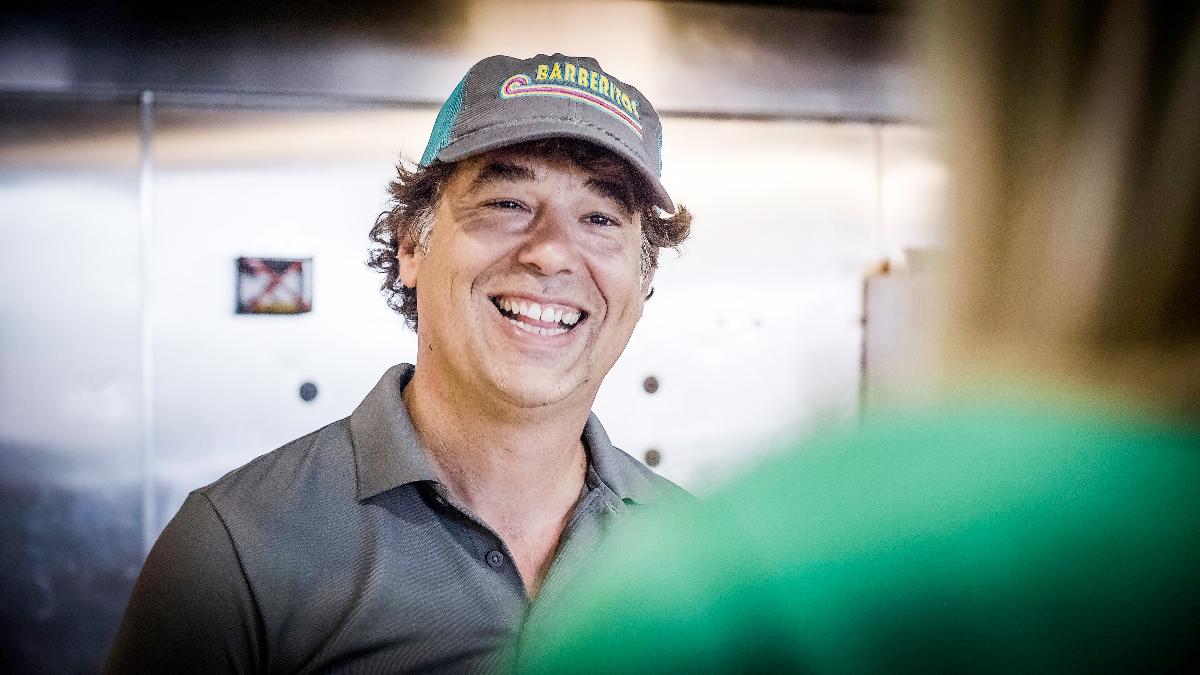
Where did the food you ate last night come from? Who cultivated the grains and vegetables? Who raised the livestock?
For most of human civilization, answering these questions has been simple, because large swathes of the population hunted or farmed. If you didn’t participate in food production, you personally knew those who did. Agriculture created a nexus of relationships connecting farmers with the community and the land.
Identifying the source of our last meal today has become complicated because a revolution has transformed our foodways. When the nineteenth century dawned, about nine of every ten Americans lived on small farms and worked the soil. By 1900, that number had declined significantly, but still encompassed almost half the populace. Today, less than one percent of the population works in agriculture. The rise of industrialized food infrastructures has alienated us from the fare we consume, and distanced us from those who produce it. We struggle to identify the ingredients in what we eat, let alone where they originated or who made them.
“Tell me what you eat, and I’ll tell you who you are,” mused the famed epicure, Anthelme Brillat-Savarin. By that criterion, we’re apathetic scavengers, exiled from our food sources and each other.
That’s an identity Collective Harvest is trying to refashion by bringing local farmers and consumers together to make foodways more sustainable.
A vision for a cooperative of local growers coalesced around a shared problem: supply-side competition. A limited number of venues exist, and small farms in the area were all competing for the same market share. “It was happening all the time,” Alex Rilko of Front Field Farm told me in a phone interview. “Farmer A walks into a restaurant or the Farmer’s Market and sells the vendor greens in bulk. Two hours later, Farmer B arrives with greens to sell. But the client doesn’t need them. Now Farmer B has to find a different buyer. There’s a lot of inefficiency trying to reach a limited set of customers all looking for local produce and meat.”
Alex should know. For years, he’s served as a regional buyer for Whole Foods. So Alex and his partner Jacqui, Mike and Iwalani Farfour at Full Moon Farm and Carter and Shelley Dodd at Diamond Hill Farm convened a meeting between a few area farms to develop a cooperative approach. By pooling resources, these farms could coordinate growing strategies, leverage resources, distribute risk, and share markets. It’s an efficient way to operate in a competitive landscape shaped by large producers. In many ways, this collective approach allows small farms to take advantage of the economies of scale corporate farms exploit — without having to sacrifice the integrity of the food they raise.
This arrangement doesn’t just benefit the farmers. Consumers can choose from a greater variety of Certified Organic and Certified Naturally Grown (the real difference has more to do with paperwork and cost than with sustainability) crops in more venues. When a local restaurant orders produce from Collective Harvest, they can work with a single point of contact and select from a unified list of options sourced by contributing farms, which now number 22. “It’s the freshest possible good,” Alex claims. “We harvest our crops the day before they ship.” As with much local fare, the quality is far superior to industrial produce, which is engineered to survive transportation and extend shelf life. Anyone who’s ever grown heirloom tomatoes in a backyard garden realizes the difference between these tender fruits and their thick-skinned counterparts in the produce section. Alex mentions the diva cucumber, a sweet, seedless variant that’s a delicious alternative to its thicker, bitter relatives. You can find it in Collective Harvest’s catalogue; you won’t see it in supermarket aisles.
Boasting these community advantages, the operation has grown and flourished since its inception six years ago. Twelve staffers now stay busy coordinating efforts for this cooperative venture. They’re relocating to a new site on Baxter Street. And just recently, they’ve introduced a la carte online ordering Farm Stand, a welcome alternative to the traditional CSA boxes, which have acquired a (not undeserved) reputation for becoming harvest dumps with little imagination. (Of course, you can still order Collective Harvest’s eclectic, fresh, and always imaginative CSA boxes!) Clients can also donate to the Fresh Food Fund, which connects families in need with high-quality local produce.
As Collective Harvest’s reach expands, so will the availability of fresh food for the community it serves. That should usher in a counter-revolution with significant consequences — not least demystifying the question of where the food we ate last night came from.




